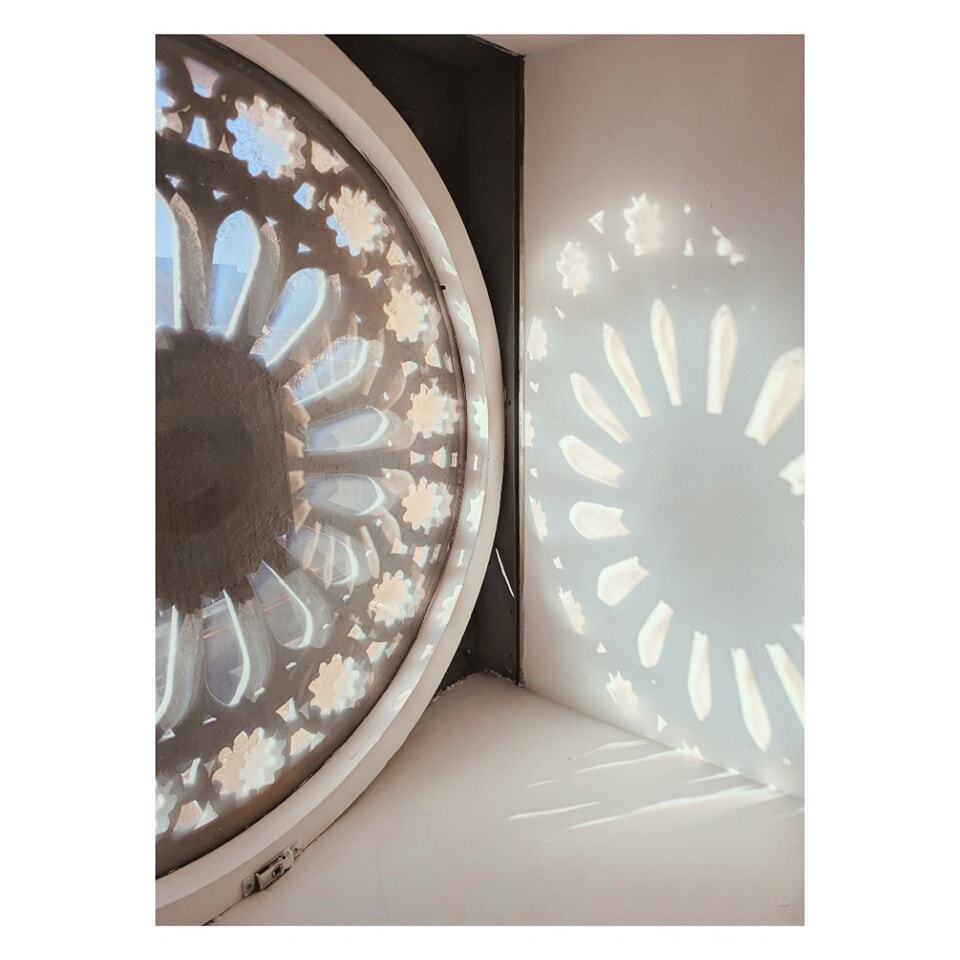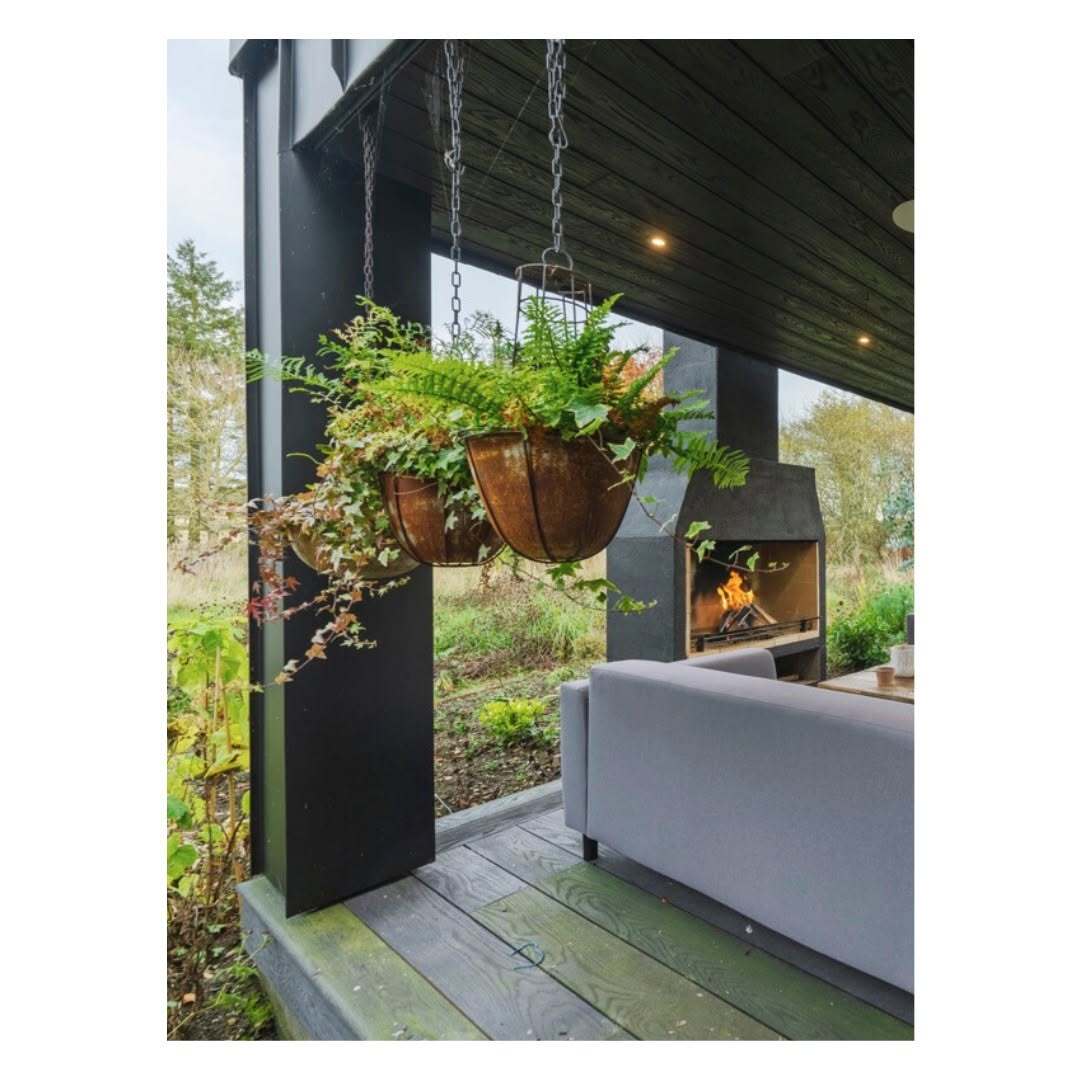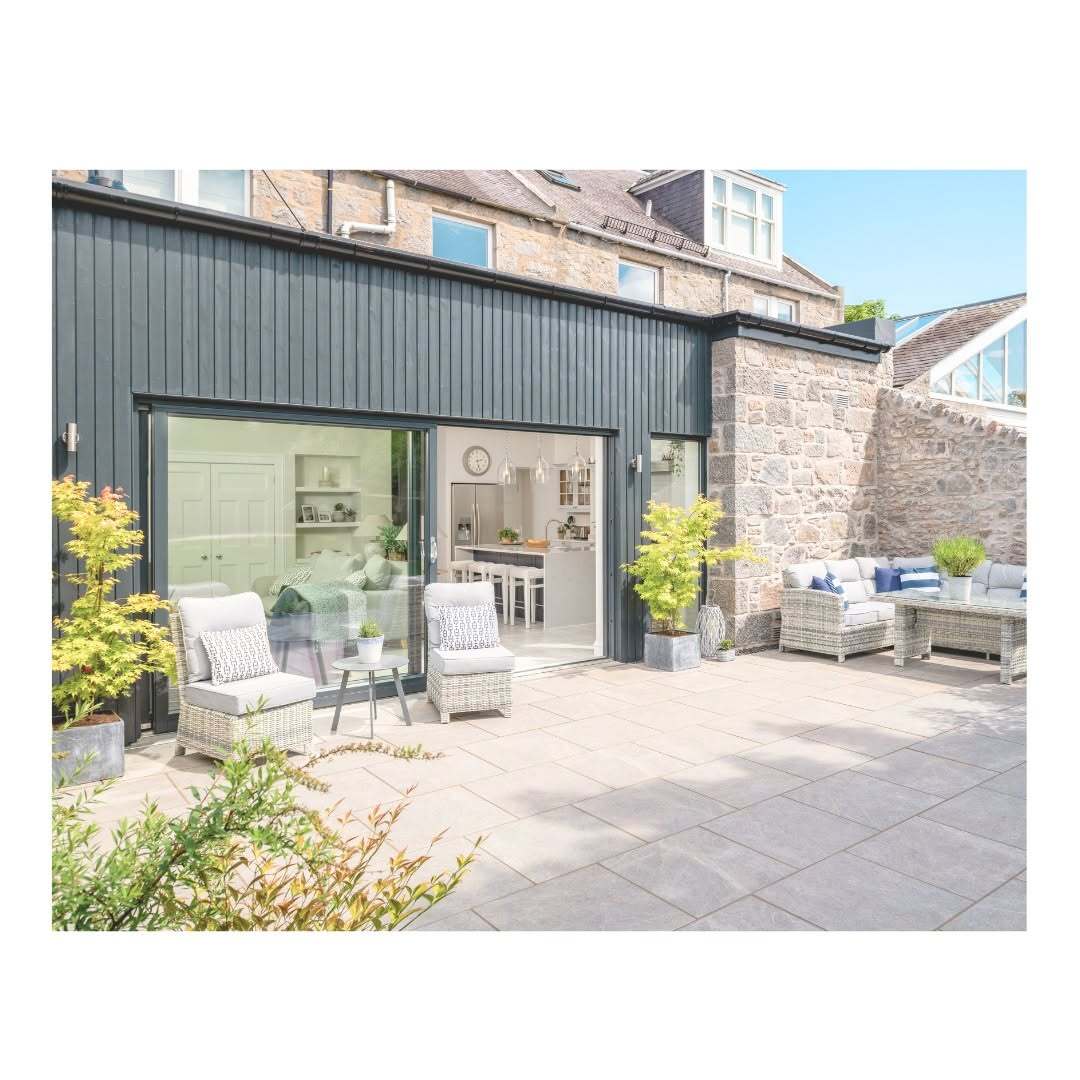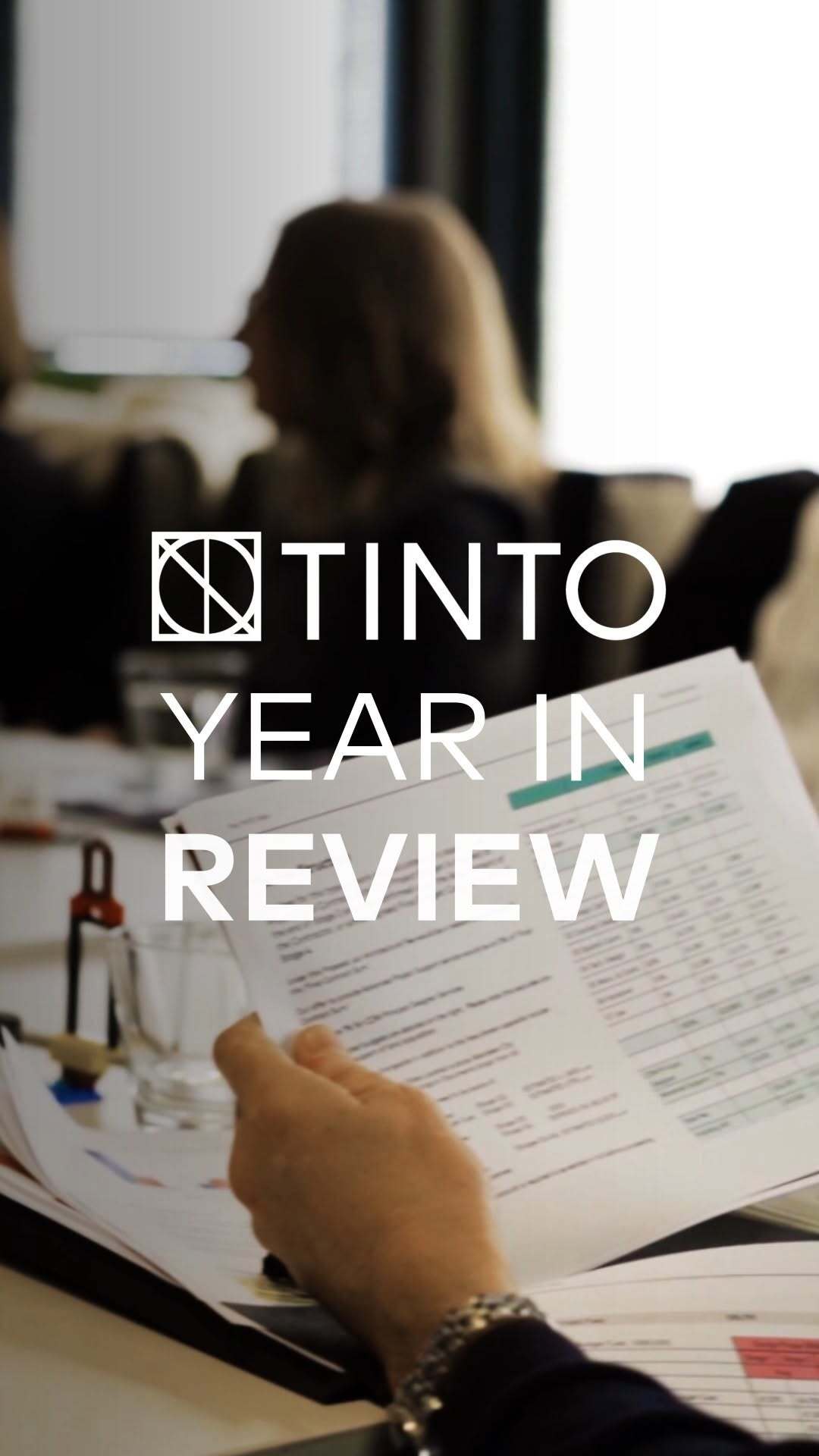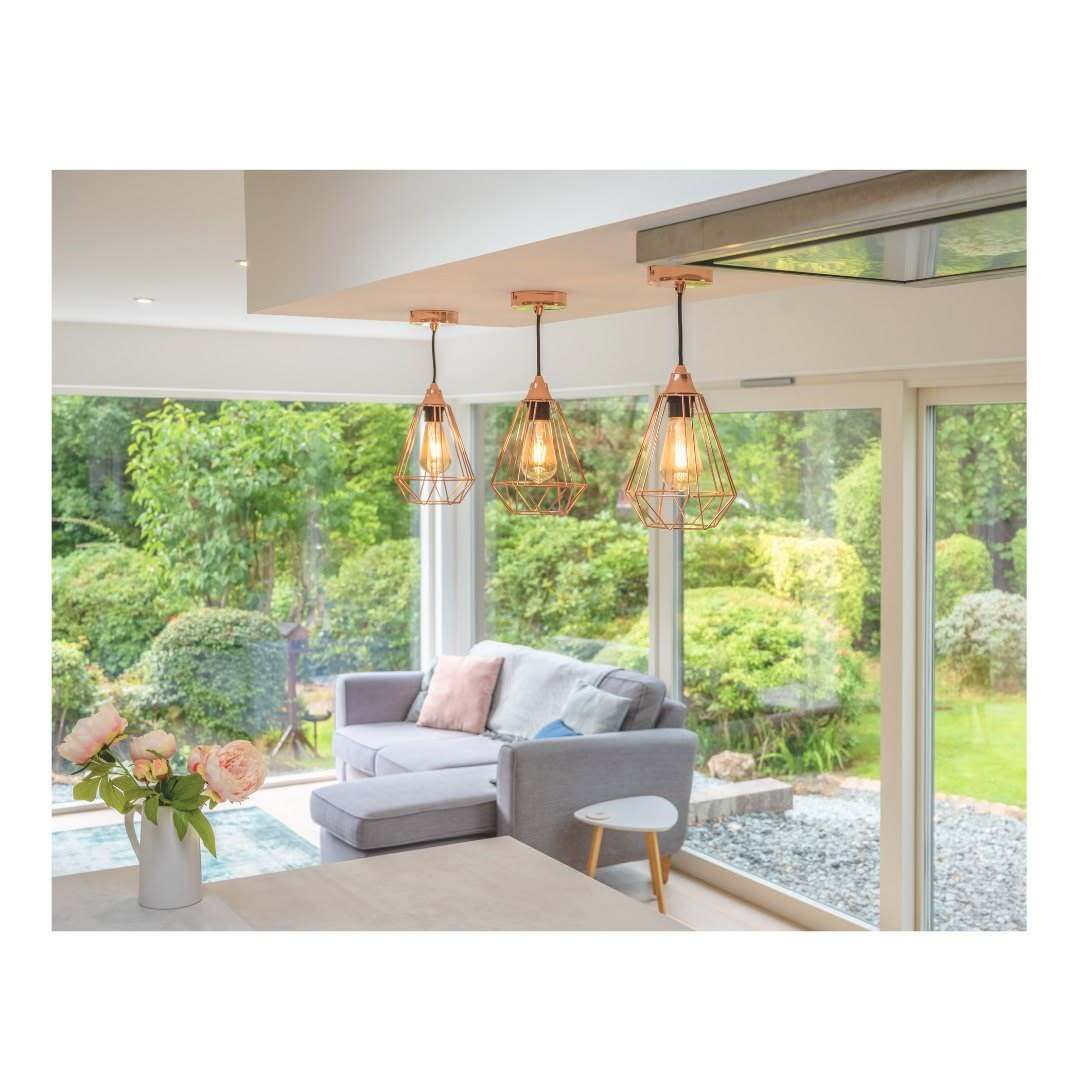THE LINK BETWEEN OFFICE DESIGN AND EMPLOYEE PRODUCTIVITY
Discussions around office design and its influence on employee productivity are vast, and have been going on for years. But it is still an extremely prevalent topic, as so many companies still don't fully understand or utilise architecture and interior design to benefit their bottom line.
Research studies show that office design can have a direct impact on staff productivity, morale and engagement, as well as work processes such as innovation, communication, collaboration and creativity. You just have to take a look at leading companies like Google and Pixar, who have successfully harnessed the power of office design to be convinced.
With a growing pressure on business owners and management teams to optimise every element on their company to drive results, this is an area that many should be focusing on.
But what does this look like for you, and how can you go about transforming your office into a haven of productivity, wellbeing and enthusiasm?
WHERE TO START?
What do your employees do day-to-day and why? What do they do the most? How could things be reconfigured to enhance their working lives, and streamline workflow and processes? These are the types of questions you should be asking when evaluating your office space.
Although this can be a huge undertaking, there are a few key areas you can focus on first that can either be quick wins or grant you the biggest rewards:
Desk Space
This is a critical area that needs immediate attention; this is the place employees spend most of their time and should be most productive. Along with good organisation and a focus on ergonomics, the way this working space is designed is critical. If your team needs to have constant communication, collaboration, bounce ideas off one another, and communicate easily, the office needs to be designed entirely different to one where employees have long individual tasks that require peace and quiet. A simple reshuffle may be all you need, but a full redesign could work wonders.
Boardroom
Your boardroom is often the first place a customer or potential customer will spend time in your organisation, but does yours truly reflect your organisation and engage people, while being fully functional? Often, the answer is no.
In recent years we've also seen a move away from rigid workplace structures, like cubicles and boardrooms, and a trend towards more open and informal meeting space. This type of space cannot only make your office feel more spacious, but portray an open and collaborative atmosphere for both staff and visitors.
They can also be multi-purpose, becoming a boardroom, brainstorming area, or chill-out zone.
Team Areas
Whether an employee needs to recharge, focus, brainstorm or socialise with colleagues, your office should have suitable areas designed specifically to meet these needs.
Whether this involves comfy sofas, exercise areas, private pods or whiteboard walls, you need to fully understand the needs of your staff, the situations they may find themselves in, and the best way to keep them productive, motivated and energised.
KEEP ON TOP OF TRENDS
As with everything, things evolve and change as time goes on. Office design is no exception, and there have been vast changes over the years.
In the early 1920s, offices were designed to achieve maximum productivity with all desks pointing towards supervisors. The 1960s saw the popularity of the cubicle, as employers believed these makeshift offices improved concentration levels, thus improving productivity. In recent times, we've seen the rise of open plan spaces, with an emphasis on collaboration and discussion.
Research shows that millennials place a high value on work-life balance, and see their jobs as an experience, not just a way to make money. So this is an important factor to take into consideration within your workspace, that you perhaps didn't have to many years ago.
Trends in working preferences and office design will continue to shift, and it's important to stay on top to get the most out of your employees!
To discuss any ideas you may have to boost your business with interior design or architecture, or to get an evaluation and some recommendations, please don't hesitate to contact the Tinto Team.
